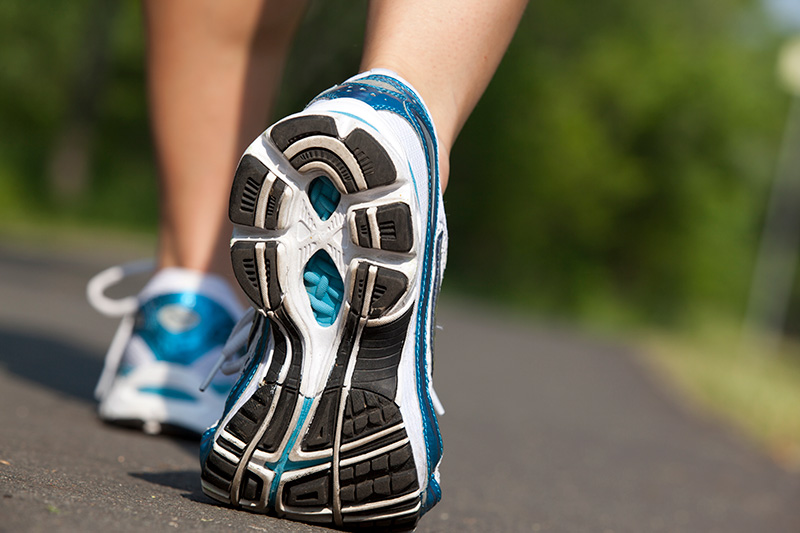Cardio Goals

The ability to go faster and longer has been sought by humans since the beginning of time. Whether it’s swimming the fastest, running the longest or cycling the farthest, having a strong cardio system is critical to all of these.
Time Based Goals
The most popular measurement for cardio goals is time. An example of this would be running a mile in 6 minutes or taking it a step further, running 3 miles at 6 minute intervals. This type of goal creation is especially popular among competitive athletes and is more often the method of establishing winners in cardio based competitions.
Distance Based Goals
Establishing a set distance to achieve is another popular goal method. An example of this would be when swimming laps; you must actively decide that you will swim 20 laps for a workout. Setting goals like this allows one to mentally push past the pain barriers to achieve the established goal.
Resting Heart Rate Goals
One of the most scientifically factual methods of determining one’s cardiovascular shape is to track one’s resting heart rate and recovery time (the amount of time it takes for an elevated heart rate to return to normal). The best way to track one’s progress is by taking a heart rate reading immediately upon waking up when the body has been at rest for several hours. The recovery time reading should be taken after one’s heart rate has been elevated for a sustained period of time of at least 20 minutes. The lower the resting heart rate and the less time it takes to recover to a normal heart rate determine the efficiency of one’s cardio system.




